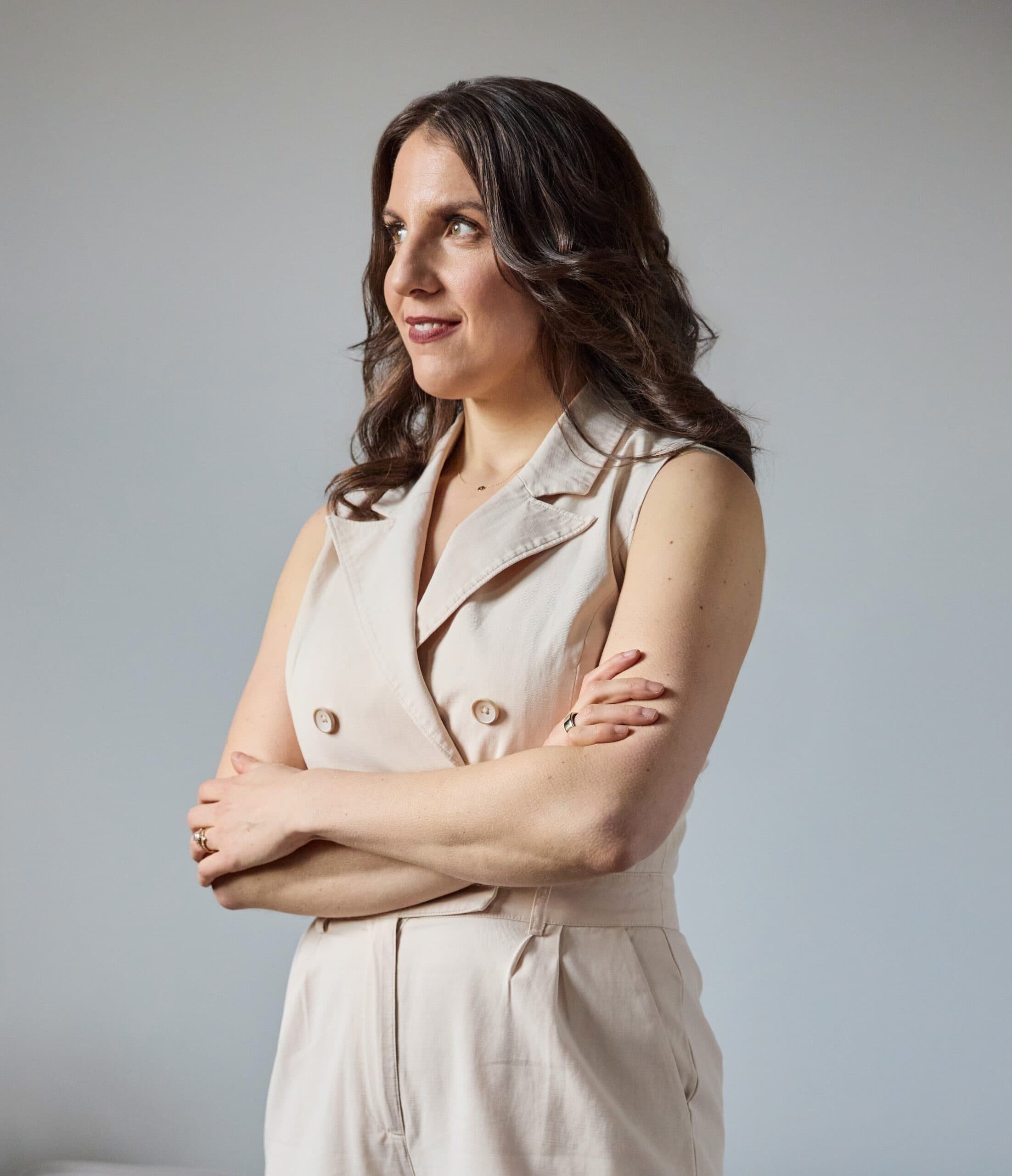No one feels good after receiving harsh feedback or making a mistake. It’s natural to feel bad about yourself when you face a setback. But for many people, negative thinking can seep into your mind in other sneaky ways.
Why We Have Negative Thoughts
Perhaps you feel like an imposter as if you’re not qualified or cut out for your job. Or perhaps you spend a lot of time consumed by comparison. You worry that you’re falling behind. You judge yourself against colleagues, friends, and strangers on the internet who appear to be more successful than you.
Negative thoughts are natural. No one can be positive 100 percent of the time. Mindset missteps are common among even the brightest, most well-meaning people. It’s simply part of being human, an evolutionary response designed to keep you safe and protected.
But problems arise when your irrational thoughts run amok. It can not only interfere with your productivity and focus but also limit your success. Recognizing and releasing unhelpful thoughts is critical to letting go of the stress they bring and maximizing your potential for creativity and success.
An effective way to work with negative thoughts is by following a simple mindfulness exercise, AWARE, which stands for allow, watch, acknowledge, release, ease up.
Here’s how it works:
5 Ways to Battle Negative Thinking … and Win
Allow
Allow your thoughts and feelings to come and go like the weather. This helps you accept that negative thoughts are a temporary response to a situation, not a sign that you’re a bad or incapable person.
Watch
Pay attention to the stories you’re telling yourself, such as, “this always happens,” “I never do anything right,” or “I should have done….” You can choose a helpless narrative or an empowering one. Pick wisely by asking yourself, “What is within my control?”
Acknowledge
Name the emotions that arise for you. Instead of, “I feel bad,” go deeper. Do you feel worried? Resentful? Scared? Research shows that labeling feelings are a powerful way to cope with stress and develop better emotional intelligence.
Release
As mindfulness experts Dr. Bob Stahl and Steve Flowers say:
“You don’t have to believe everything you think. Why stay in a prison of self when the door is wide open? Let everything go. Let everything be.”
Ease Up
The final step in the AWARE framework is to practice self-compassion. Expect realistic improvement. Be patient with yourself. Changing your mindset isn’t an overnight process.
Negative thoughts will still appear from time to time. That’s OK! Think of them as an opportunity to practice your new habit and soon it will be second nature.




